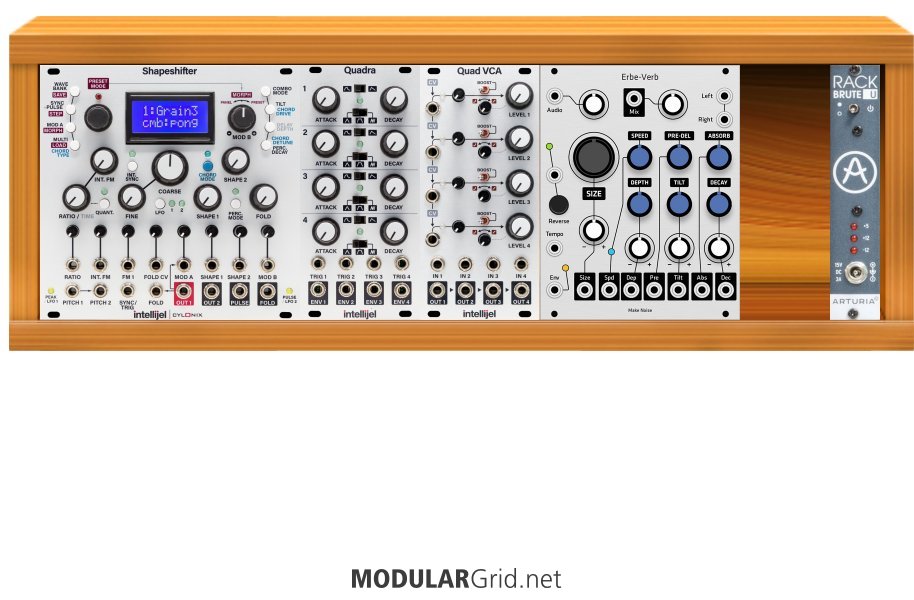Lessee here...as far as the VCF question, the difference is in the circuits. The Polaris is definitely the more complex filter circuit, with the ability to do many sorts of multi-response types, has an OD control, can be configured as a phaser, etc. But you do lose the 2-in mixer. The G-Storm one, though, that's a very old filter circuit, replicating the "pre-lawsuit" ARP 4012 lowpass that was in the original versions of the ARP 2600. Very iconic sound, for one thing...that classic ARP filter pops up all over the place, and I know you've heard it on a lot of tracks from the 1970s. You do make a good point though, particularly if you're still considering the Optomix in the build, since that also has a lowpass VCF in its filter section.
But the Optomix isn't really a 1:1 substitute for a pair of VCAs. True, it does have a VCA in there, tandemmed with the VCF, but the Optomix is very much designed for audio. Technically, yes, it can pass DC, which makes it usable for CVs and modulation signal control, but that's sort of a waste of what it's really designed to do. The better thing to use for CV/modulation level control is always going to be a proper DC-coupled linear VCA, hence the need for the Quad VCA, which also allows you to sum CV/mod signals via its mixing capabilities. In fact, you can use the Quad VCA to mix two sources of audio and CV/mod signals at the same time, by taking one output off of OUT 2 and the other off of 4 MIX, and you can alter the VCA response along a continuum between linear (which you'd want to use for CVs and mods) and exponential (better for audio).
But wait, there's more! The Optomix (rev. 2016 and fwd) has the ability to process a sidechain signal to allow some rudimentary compression to the audio signal. And that's something the Quad VCA can't do. In the end, yeah, both are preferable, and the use of the Optomix for your final subtractive VCF(s) would enable the use of the Polaris with some more complexity, such as LPGing separate Polaris outputs differently to create a rapid timbral "morph" by feeding the outputs to two different LPGs, then using differing envelope curves to "strike" the LPGs.
Zadar...yep, good idea there, long as you don't object to a little menu-diving. That would give you four envelopes that can be more complex than just the two (or three) stage Quadra ones, plus you wouldn't need an expander for looping and/or chaining envelopes, which the Quadra requires for that sort of voodoo.



